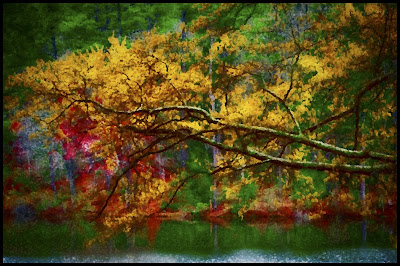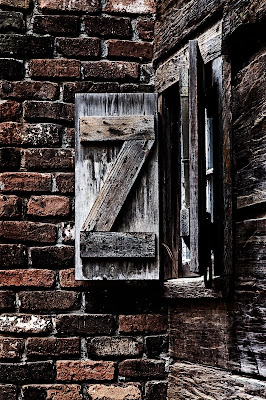Last week, I got a call from a couple of our local firemen who wanted me to do their portraits for Christmas—nothing like waiting to the last minute! I consider firemen and policemen to be real heroes. They give so much to the community, and too often get too little back. So, naturally, I agreed to do it. The portraits were for their family, i.e., mom.
I called my good friend, Cindi, and asked if she wanted to go with me. She agreed, and so we met at the fire station.
I would like to say a little about shooting with another person—do it as often as you can, especially if the other person is the opposite sex. It is amazing how men and women see things differently. Cindi has a very good eye. She is more of an artist than I am. Cindi noticed many details that flew right past me. She was invaluable in getting the shot that I wanted, or, at least, the shot that I think I wanted. Cindi, thanks for all your help.
I do need to make a disclaimer here: you would not believe how particular and demanding Cindi is. I do not think anyone (and especially Cindi) has ever produced a photograph that she is 100% happy with. I was lucky to produce a few that passed her minimum level of acceptance—barely!
The portraits that I printed for the firemen looked nothing like this one, after all, they were for mom. Mom got the G-rated portraits.
For some reason, I find that many firemen have eyes that seem to penetrate you. They do not seem to just look at things; they completely study their subjects. I wanted this photo to do two things: first, immediately draw the viewer to his eyes; and second, have an edgy look to help communicate the nature of a fireman’s job (rugged and dangerous).

Camera settings: Nikon D3, 70-200mm f/2.8 at 190mm, shot at ISO 200, f/2.8 and 1/90 of a second, with the main light being a softbox with a Nikon SB800 (at 1/8th power) above and to camera left and a fill light being a softbox with a Nikon SB800 (at 1/32th power) to camera right
Post Processing:
Lightroom—set white and black point, and added mid-tone contrast, added clarity and vibrance.
Photoshop—used nik Color Efex Pro tonal contrast filter (masked face) to push the overall contrast in everything but his face, used nik Silver Efex to convert layer to B&W and then blended with previous layers at 35% to reduce overall color saturation, added hue/saturation layer in saturation mode and increased red and yellow of everything except his face, added a curves layer in luminosity mode and increased mid-tones, and added blank layer in soft light mode and then painted (with 5% opacity) with black below and to right of his face to add a slight vignette.






















